Vacation rentals are big business in Big Bear. There are close to 1700 private homes currently registered or pending approval within Big Bear Lake city limits. Add to that the rentals in the un-incorporated areas of Big Bear (Fawnskin, Big Bear City, Sugarloaf, etc.) and the number of available vacation rentals within the Big Bear valley is estimated to be over 2000. The City of Big Bear Lake receives over $1,200,000 annually in tax revenue from vacation rentals based on approximately $15,000,000 in sales.
Back in the late 1990’s a few local Big Bear motel and B&B owners decided that private home vacation rentals were a threat to their businesses and attempted to have them banned. The City of Big Bear Lake studied the situation and found that vacation rentals were “a community benefit by expanding the number and type of lodging facilities available and assisting homeowners by providing revenue which may be used for property maintenance and upgrades.” The City also identified vacation rentals as a “community concern due to the potential for increased traffic, noise, and density in single family neighborhoods if these uses are not properly regulated.”
The result was the birth of Big Bear Lake ordinance No. 99-300 and 2007-375, the rules and regulations that govern the vacation rental industry within the City of Big Bear Lake. The following is an overview of the rental ordinance.
Transient (less than 30 days) private home rentals must be inspected and approved by the City of Big Bear Lake before they can be rented out. This means paying the annual $215 registration fee, passing the inspection process, complying with City standards, obtaining a business license (unless rented through an agency), and paying the Transient Occupancy Tax (TOT) equal to 8% of the rental income, every quarter.
Once the fees are paid an independent contractor, hired by the city, will inspect the property to insure that all 30-plus items required by the city, are met. This includes required signage, smoke detectors, fire extinguishers, fireplace ash cans, and several items related to sanitation and safety.
The rules regarding occupancy limits and parking are the first considerations that should be addressed to determine if a property is suitable as a vacation rental. The maximum occupancy of a transient private home rental is one person per 200 square feet of building area, excluding garages or other accessory buildings; however in no case may the occupancy of a transient private home rental exceed 16 persons. Example: A rental home with 2400 square feet of living space may sleep up to 12 persons. A rental with 1,650 square feet of living space can accommodate up to 8 persons, and a rental with 1000 square feet of living space can accommodate 5 persons, etc.
Each vacation rental must have at least one off-street parking space per bedroom that is either paved or gravel. Parking on un-improved dirt areas is prohibited. Vacation rental occupants are prohibited from parking on city streets overnight.
The city of Big Bear Lake recently increased the annual Transient Private Home Rental (TPHR) fees to $215.00 and has begun an aggressive campaign to find un-registered rentals and bring them into compliance with the city ordinance. Illegal rentals are subject to fines and repeat offenders may lose the right to rent their properties permanently.
For a complete list of the TPHR requirements, click here.
More Real Estate News;
-
How To Invest In Real Estate: Rental Real Estate Investment 101 – In other words, if you live in Miami and are considering investing in real estate for rentals in Boca Raton you need to talk to a Boca Raton attorney who specializes in this type of investment. Why? Different municipalities have …
-
Maintenance Contracts for Home Rentals | The Real Estate Briefings – It can actually be looked at as an insurance policy for the home owner. When it comes to home rentals, using the contract one time can often pay for itself. Related posts: Is Now The Time To Buy Cheap Real Estate For Rentals …

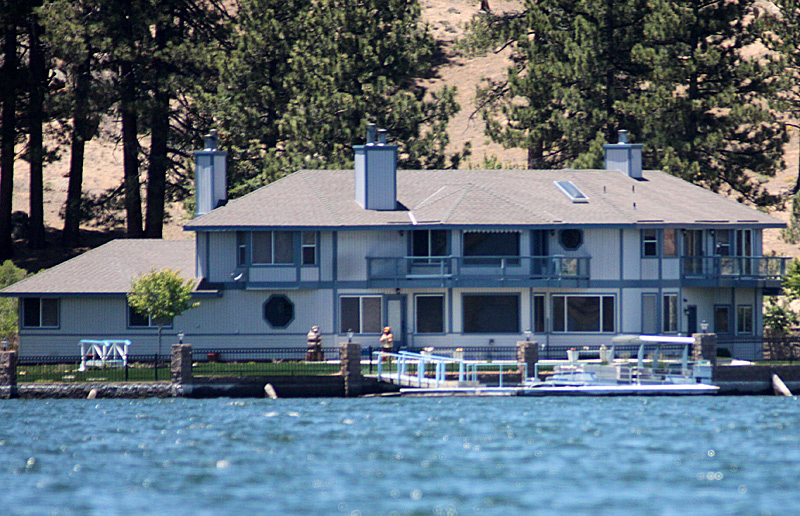
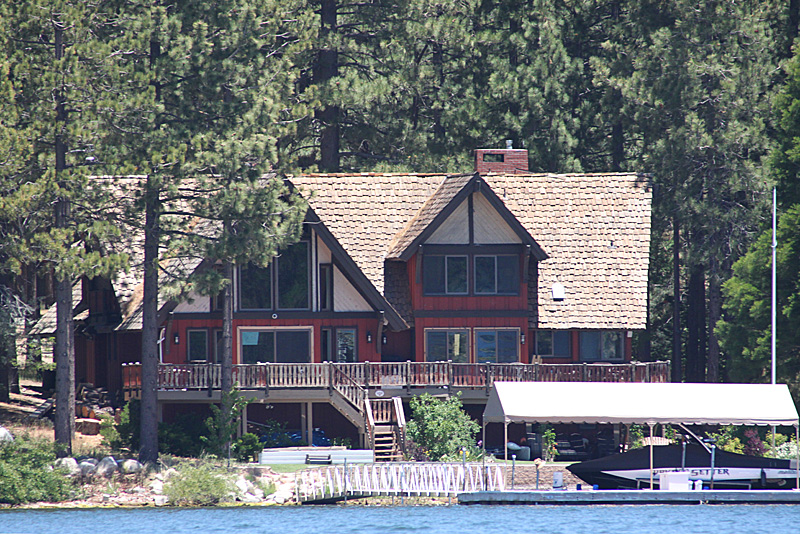

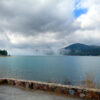

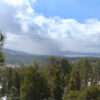

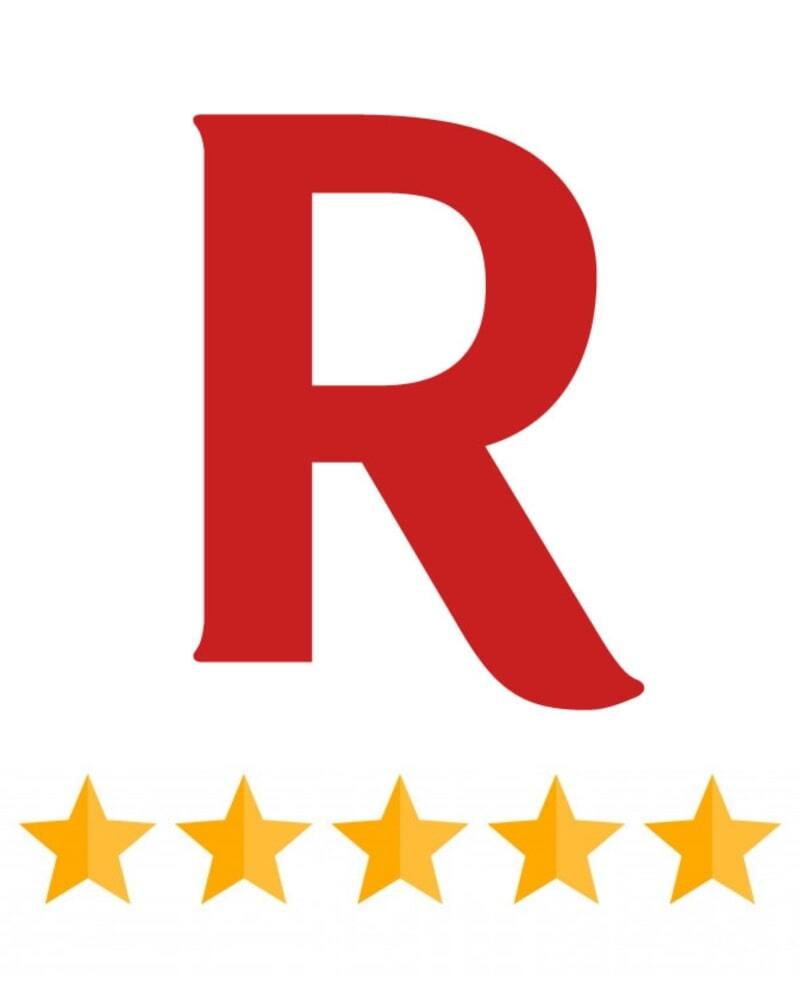
Speak Your Mind